Date: 12 May 2016
Gold 14K GF - Gold filled
Data: May 12, 2016
An overview of the process of fabrication of gold-filled and legal clasification.
Main references of gold filled are known as "laminated gold", "golden layer" or "metal plated".
This process was developed by industry to reduce the costs of jewelries without sacrificing their beauty and durability.
This material, gold-filled, is used for watches, jewelries and any other decorative objects.
An advantage of this kind of material is that the thickness of the gold layer can be adjusted, the karat, the purity, but also its colour.
Also, the hardness of this material can be easily adjusted by combining gold with steel or bronze without affecting the radiance and hardness of the object.
Fabrication process
Gold-filled products are created using a base metal(ex.90% copper and 10% zinc) or nickel over which is applied a golder layer with the thickness wanted.
The process starts by fitting the base metal into a gold layer of the purity and thickness wanted.
Then they are placed into a special tub/vat under strict control. The edge of the metals are covered by a special paste that protects the metals from oxidation. The whole ensemble is then heated at almost 900 degrees Celsius.
Then the ensemble is removed from the tub and introduced in presser/mill ?
Durability
bracelets - 5-10 years at 30-75 microns of gold layer thickness
necklace - 2-8 years at 5-10 microns of gold layer thickness
wire- 7-10 years at 15-45 microns of gold layer thickness
watches - 10-35 years at 50-120 microns of gold layer thickness
A full english article you can find the following link
http://artisanplating.com/overview-of-gold-filled-processes/
Personal opinions
AU14K GF (gold filled) or 1/20 14K
First of all, I would like to talk about what causes metal allergic reactions. The most jewelries alergies appear due to alloy of nickel. If nickel alloy gets into contact with the skin, natural perspiation and skin oils oxidize the metal. As a result of oxidation, a thin layer of nickel substances is formed on the surface of the jewelry. These substances irritate the skin and cause allergic dermatite which is characteristic of a metal allergy.
The proces is also in reverse, which means the jewelry in contact with the skin, because of the substances eliminated by skin, the jewelry can show oxidation marks. There have been cases of people who wore AU 14K jewelries for many years and after a liver disease, any gold jewelry that got in contact with their skin had a green/black oxidation and they never wore any jewelries.
The jewelries oxidation is most found in silver jewelries, but since gold alloy has silver in its components, some jewelries can have a dull tint, but fortunately it can be cleaned with soup and water. Maybe you have noticed how beautiful your rings shine after you wash your hands. This is one of the reasons. Also, if a AU 14K jewelry get into contact with the skin and then is put into a box for a long time it can present oxidation marks, that can also be easily cleaned.
Gold is sold in karat. This is representation of gold quantity in the jewelry. 24K is pure gold, while 10k had in its composition 42% gld and 58 diverse alloys. Most of 14k or higher gold jewelries won't cause allergies, even if there is the posibility to have an allergic reaction to white gold due to the percentage of nickel that also gives the silver shade of the white gold.
In jewelries making, usually there are 2 gold-related terms: gold-filled and gold plated. Gold filled is created when a metal is introduced into a 10K, 12K, 14K 18K gold tube. In other words, an empty golden tube is filled with another metalc like copper, and the cover is over 100 times more thick than gold plated jewelries. Since the nickel is the most used in gold alloys, is not reccomended for use by those the severe allergies. However, I have to mention that i suffer from this allergies, but fortunately not of this material, which why i use it.
At Ichiban workshop we use this material which is 20-30% more expensive than a similar silver product. Usually, a jewelry with 1/20 14K GF (gold filled) is marked with 1/20 14K GF or depending on the gold quality and karat number (10K; 12K; 14K; 18K). Usually we use pre-manufactured materials that are then assamble in the models we create, for that reason, the earstuds manufactured are marked accordingly to the material. The mark is missing from the earstuds hand made in our Ichiban workshop. On the warranty certificate that comes with the jewelry are mentioned all materials used for the jewerly
This material has the same properties as gold, the surface is 1/20 or 5% gold(except of the decorative elements :semi-precious stones, Swarovski crystals and peals). At a higher level, if we section a wire, it will look like a gold tub in which it was introduced another metal, copper especially, but also silver. This procedure gives resistance and thickness to the wire and it can be shaped in many ways. Compared with gold filled, gold plated has a very thin layer of gold that is easily removed even during manufacturing the jewelry and can be worn for a short period of time
For this reason, time durability of this material is very good also because of the thickness of the material. A 1/20 14K GF (gold filled) jewelry can be worn between 5 and 30 years with an obvious advantage: the significative price much lower than a 100%gold jewelry, along side with another advantages like the quality, aspect, the absence of allergic reactions and many more.
We are giving this informations to clear any confusions regarding the material and its name. We use this material along side other of an exceptional quality for you to enjoy for a long time an Ichiban jewelry.
Thank you for the interest in our Ichiban jewelries and click the following link!

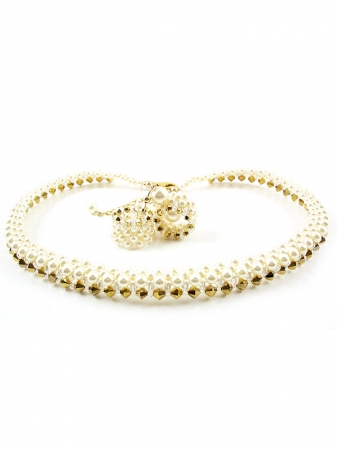
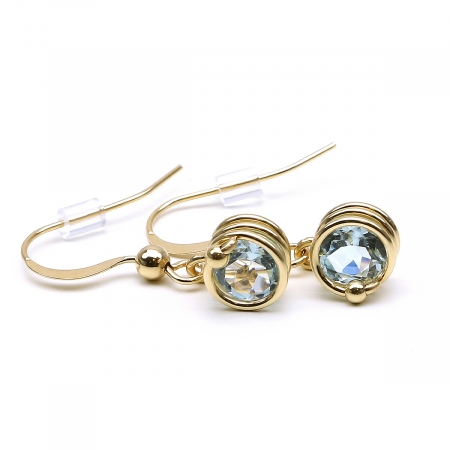

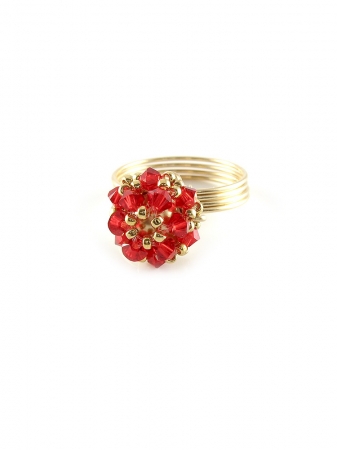
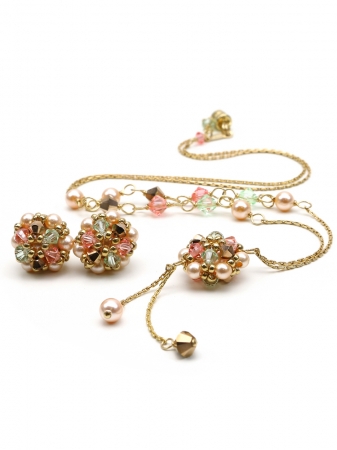
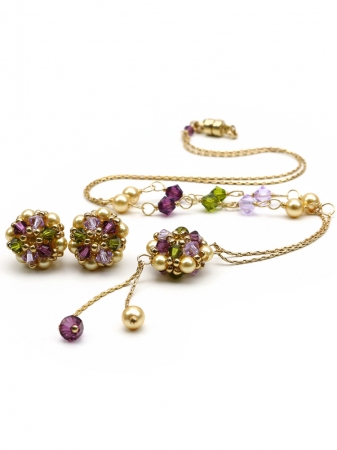
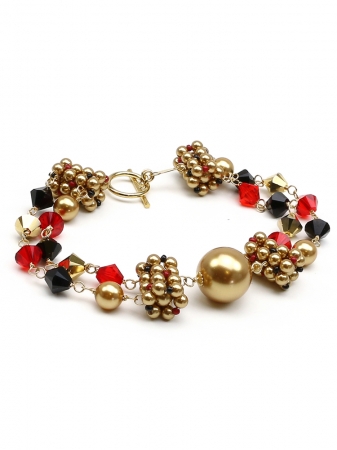

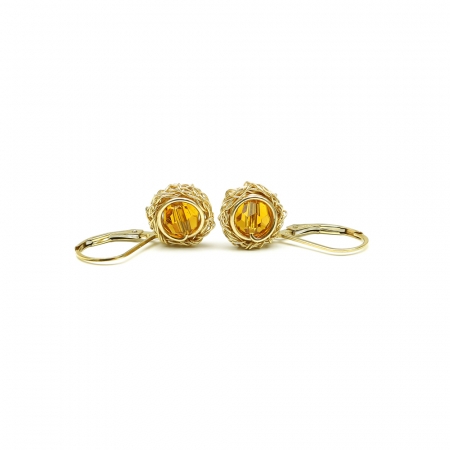
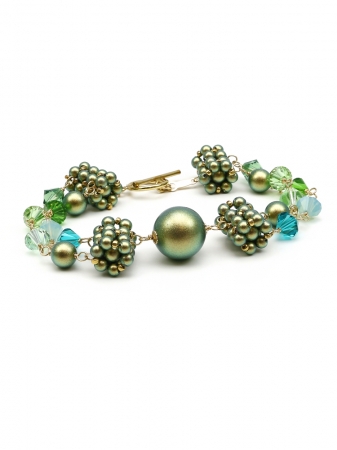
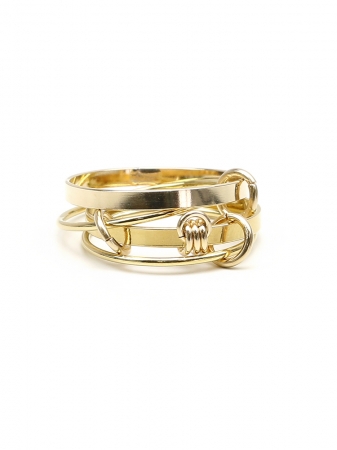

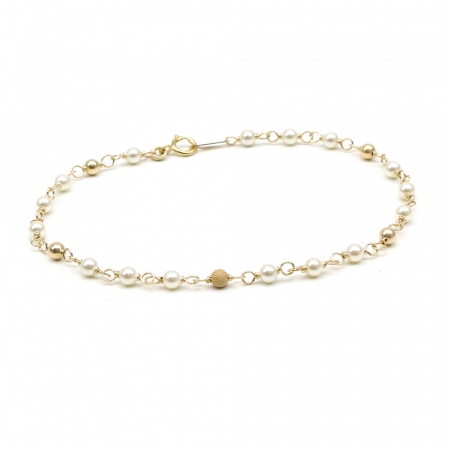
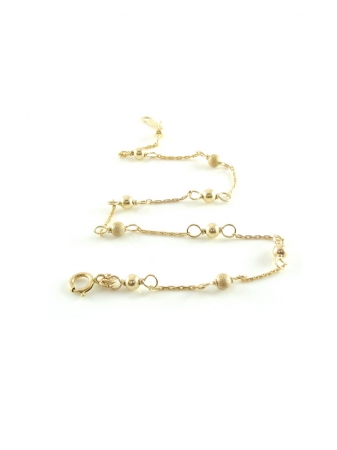

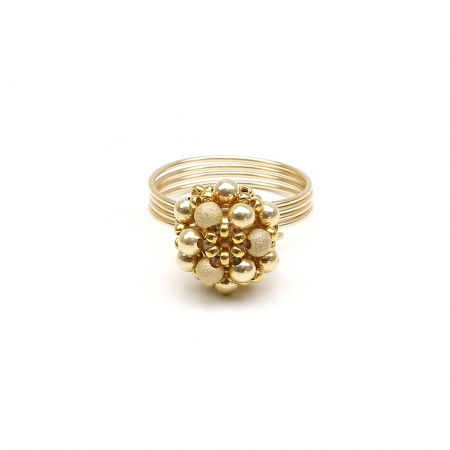
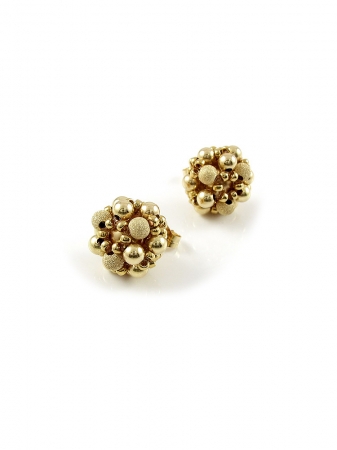
Post comment